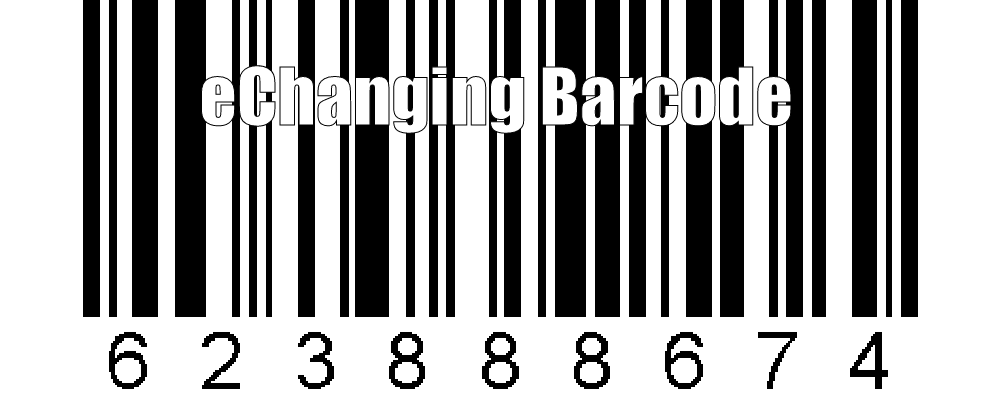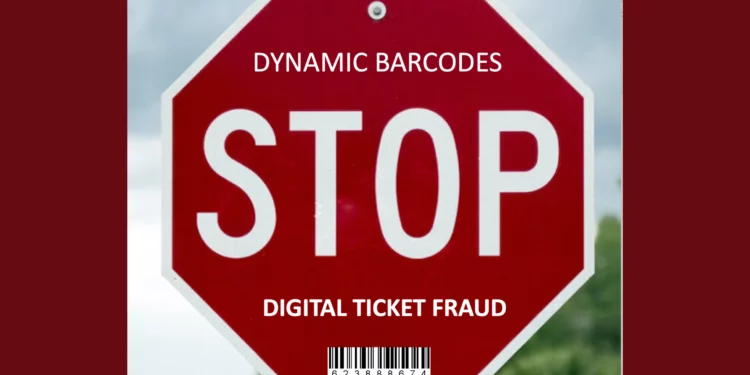Dynamic barcodes are a game-changing innovation that has revolutionized ticket security in the digital era. In this age of digital tickets, the convenience of accessing goods and services is often accompanied by the looming threat of fraud. This article delves into the world of dynamic barcodes, their origin, and how they have transformed the landscape of ticket security.
The Genesis of Dynamic Barcodes
In 2011, Alan Amron introduced a groundbreaking solution – dynamic barcodes – to address the growing concern of digital ticket fraud. Traditional static barcodes were the industry standard, but their static nature left them vulnerable to duplication and counterfeiting. Recognizing this critical flaw, Amron devised dynamic barcodes to counter the rising tide of digital fraud.

The Dynamic Advantage
Dynamic barcodes are a far cry from their static counterparts. They incorporate a rotating mechanism that consistently updates the barcode or QR code, ensuring its uniqueness. This continuous evolution effectively eliminates the risk of fraud, making them a formidable tool in the battle against counterfeit tickets.
A Patented Solution
The significance of Amron’s invention was recognized in 2015 when the United States Patent and Trademark Office granted a patent for his groundbreaking creation. This patent, numbered 9047715, was officially filed on December 6, 2011, and issued on June 2, 2015. This milestone marked a pivotal moment in the ongoing battle against digital ticket fraud, providing a legal framework for the implementation and protection of dynamic barcode technology.
Benefits for Event Organizers and Ticket Holders
Dynamic barcodes offer a multifaceted approach to security, benefiting both event organizers and ticket holders. Event organizers can now rest assured, knowing that tickets issued under this system are significantly more resistant to duplication. This not only safeguards their revenue but also upholds the integrity of their events. On the other hand, ticket holders can attend events with confidence, knowing that their tickets are less susceptible to unauthorized replication.
Versatile and Adaptable
One of the key advantages of dynamic barcodes is their adaptability to various formats. Whether it’s a traditional barcode, a QR code, an alphanumeric sequence, or any other identifiable image, the dynamic nature of these codes remains consistent. This versatility makes it easier for businesses and organizers to integrate dynamic barcodes into their existing ticketing systems without the need for a complete overhaul.
Conclusion
In conclusion, the introduction of dynamic barcodes by Alan Amron has been a game-changer in the realm of ticket security. Its continual evolution and adaptation have rendered traditional static barcodes obsolete in the face of advancing digital threats. As the patent stands testament to its uniqueness, the dynamic barcode system not only combats fraud effectively but also sets a new standard for secure and reliable digital ticketing in the modern age.










